|
Of note, Whitehorse and Yukon have very similar ratios (because the majority of the Yukon population lives in Whitehorse).
HJ appears to historical had a proportionally higher seniors dependency ratio at 0.25 in 2017 compared with Whitehorse at 0.17 and Yukon at 0.18.
Youth = 0 to 19 Working Age = 20-64 Seniors = 65+ With regard to Dependency Ratio, Stats Can says: Importance of indicator A sizeable share of seniors aged 65 or older and children and youth younger than age 20 are likely to be socially and/or economically dependent on working-age Canadians, and they may put additional demands on health services. The demographic dependency ratio measures the size of the "dependent" population in relation to the "working age" population who theoretically provide social and economic support.
0 Comments
Mobility Status - 5 years ago Same as the last post but this time with migration patterns within 5 years of the survey date.
updated (Jan 16-18) There was an error in my data set for the Whitehorse 2006 (5 year). Interprovincial MigrationI made 300 buns at work yesterday... on days like that, where my task is routine and repetitive, I enjoy listening to audiobooks or podcasts. So while I rolled 300 buns I was listening to Tyler Cowen's The Complacent Class audio book (I'm also a semi-regular reader of Cowen's blog Marginal Revolution).
If I recall correctly, Cowen argues that complacency is dominate in the current American narrative and is leading to increased inequality and decreasing productivity. I recognize that this is a grand sweeping statement but I was also focused predominantly on rolling buns and so I wasn't taking detailed notes on the audiobook... I'm just setting the background for why I made a graph about migration patterns this morning. But is seems as though Cowen is making an argument, very simply put, that migration is good for radical innovation/disruption... The Yukon numbers that I can easily access on this are pretty small. I could only find data back to 1996. In this initial look, I suppose the one thing to pull from this is that HJ has received a higher proportion of its migration from within the Yukon (green) than Whitehorse and Dawson. NOTES Updated on Jan 5: spectrum 25-44 divided into 25-34 and 35-44 for HJ, Yukon and Canada Updated on Jan 6: added Whitehorse Haines JunctionYukonCanadaWhitehorse |
AuthorThe majority of this data is sourced from the Yukon's Socio-Economic Portal Archives
December 2018
Categories
All
|
Proudly powered by Weebly

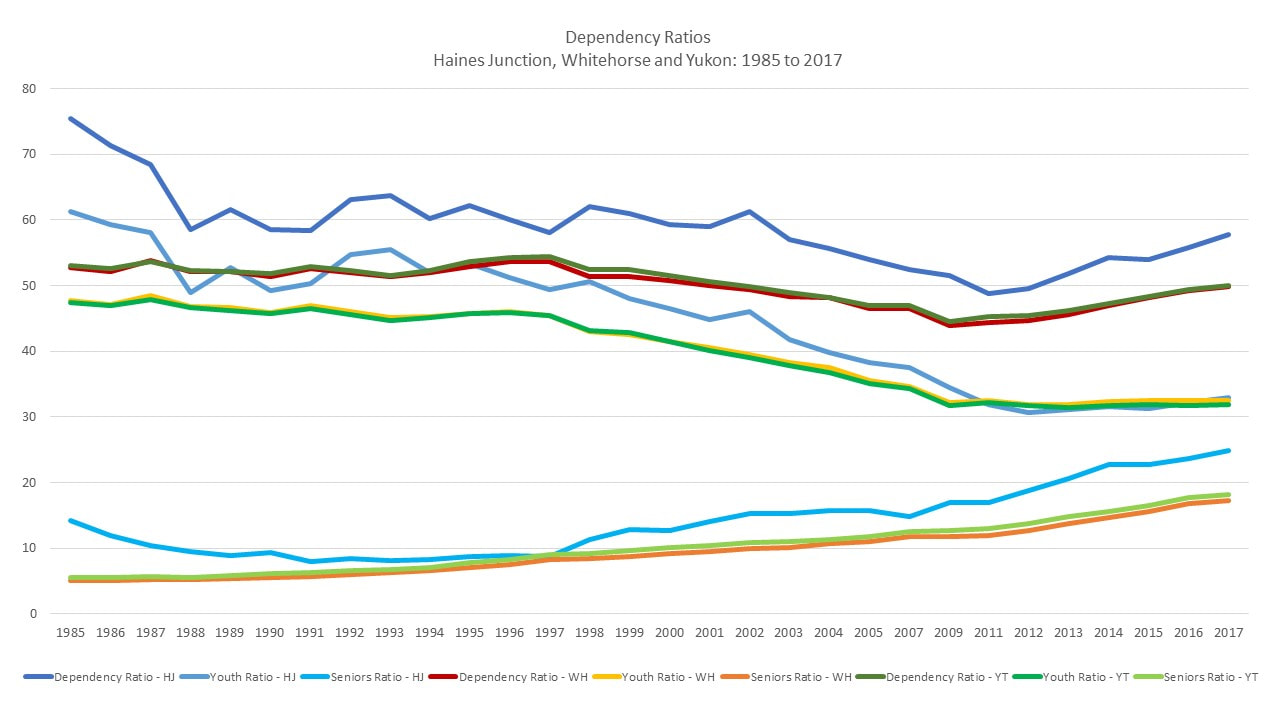
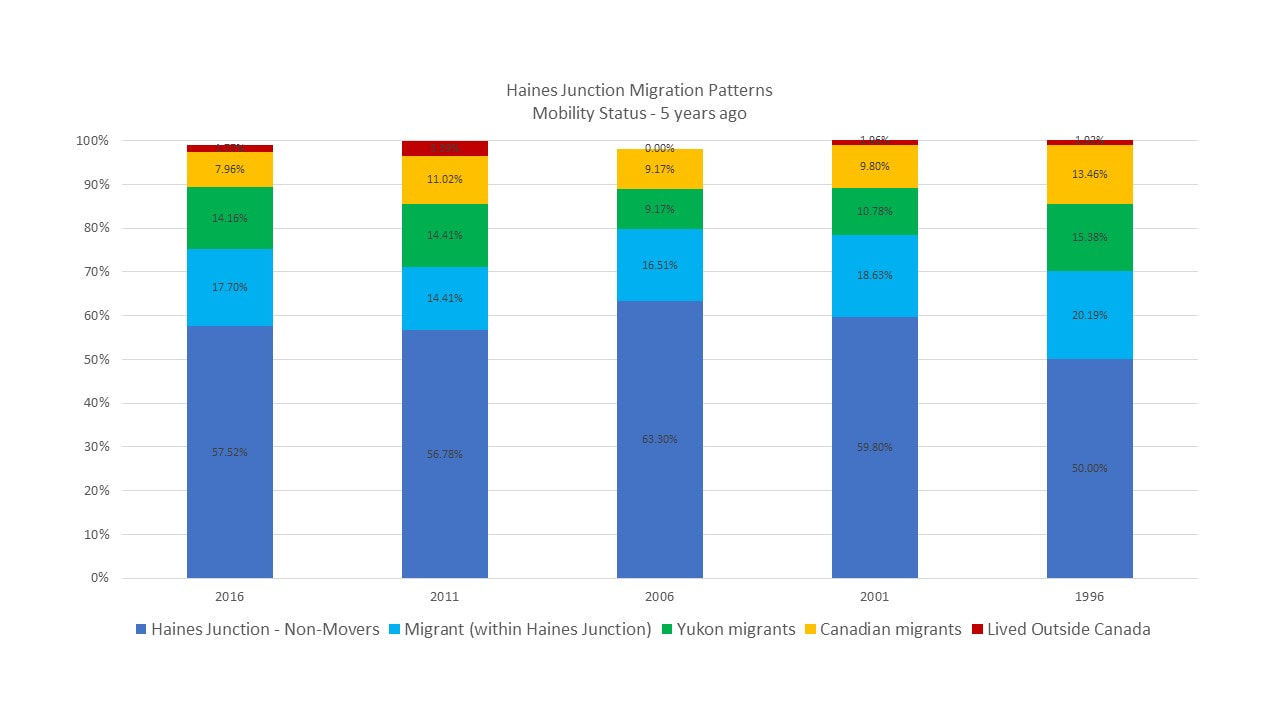


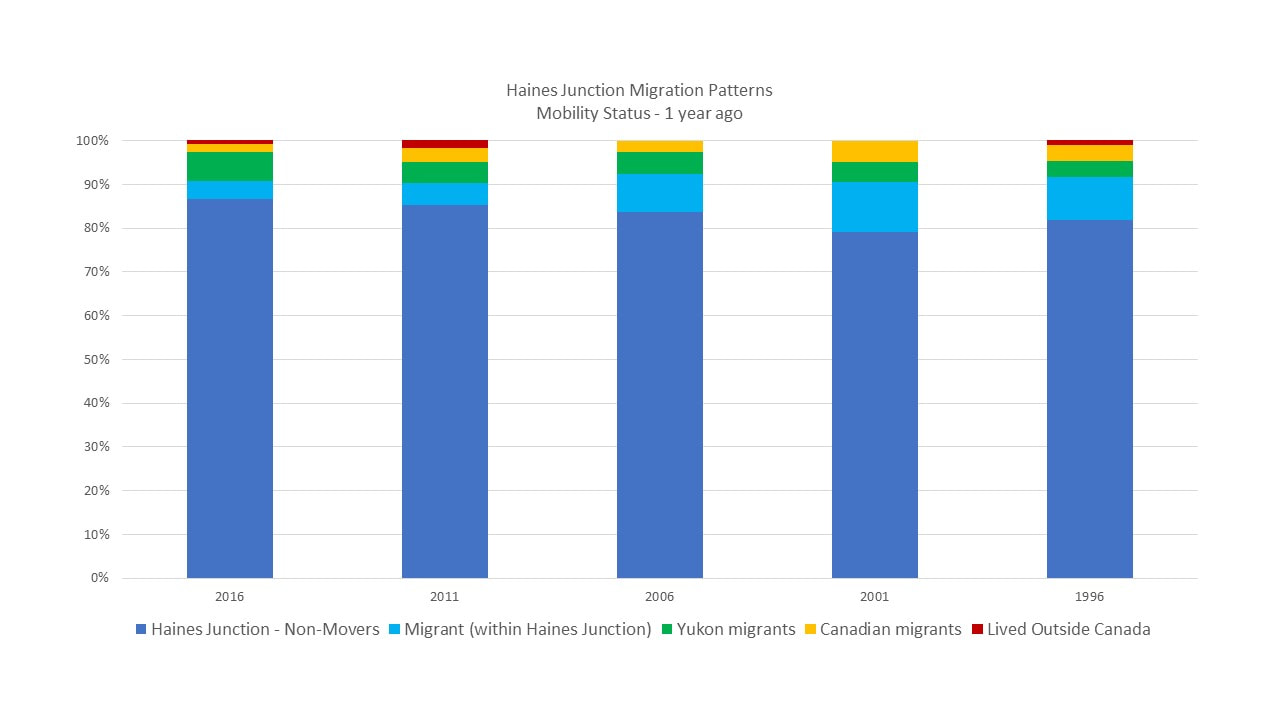

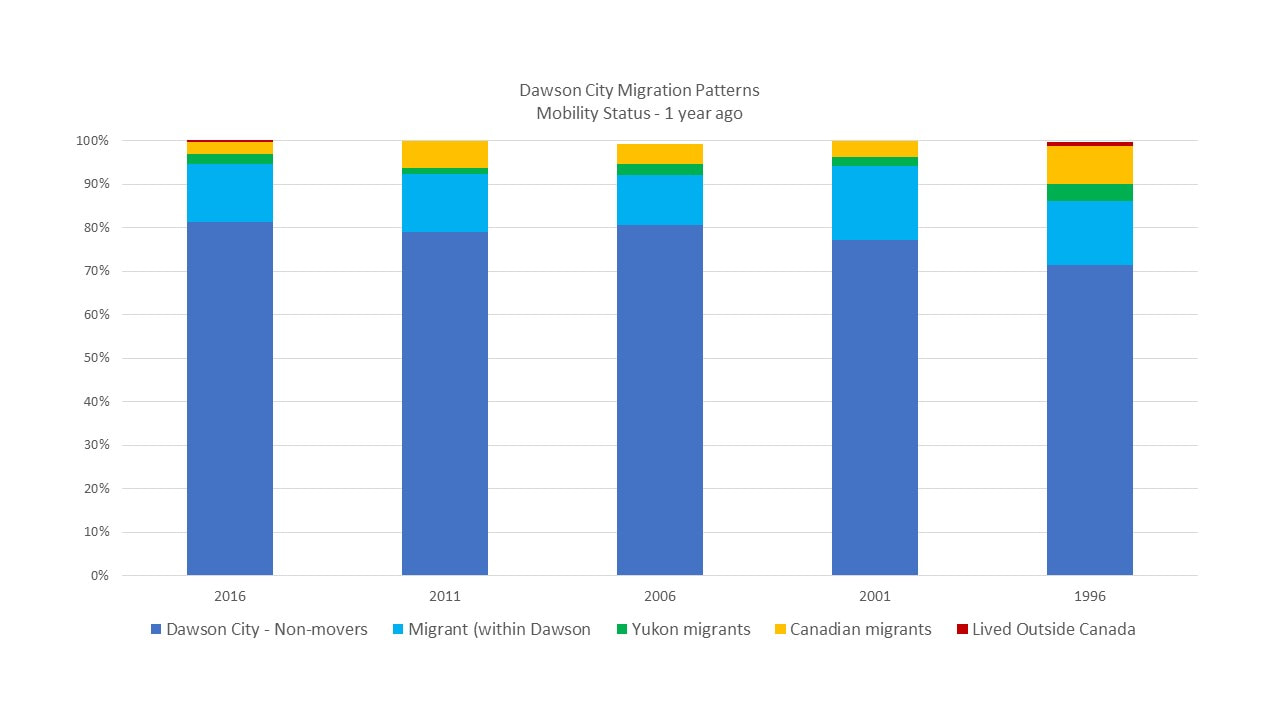


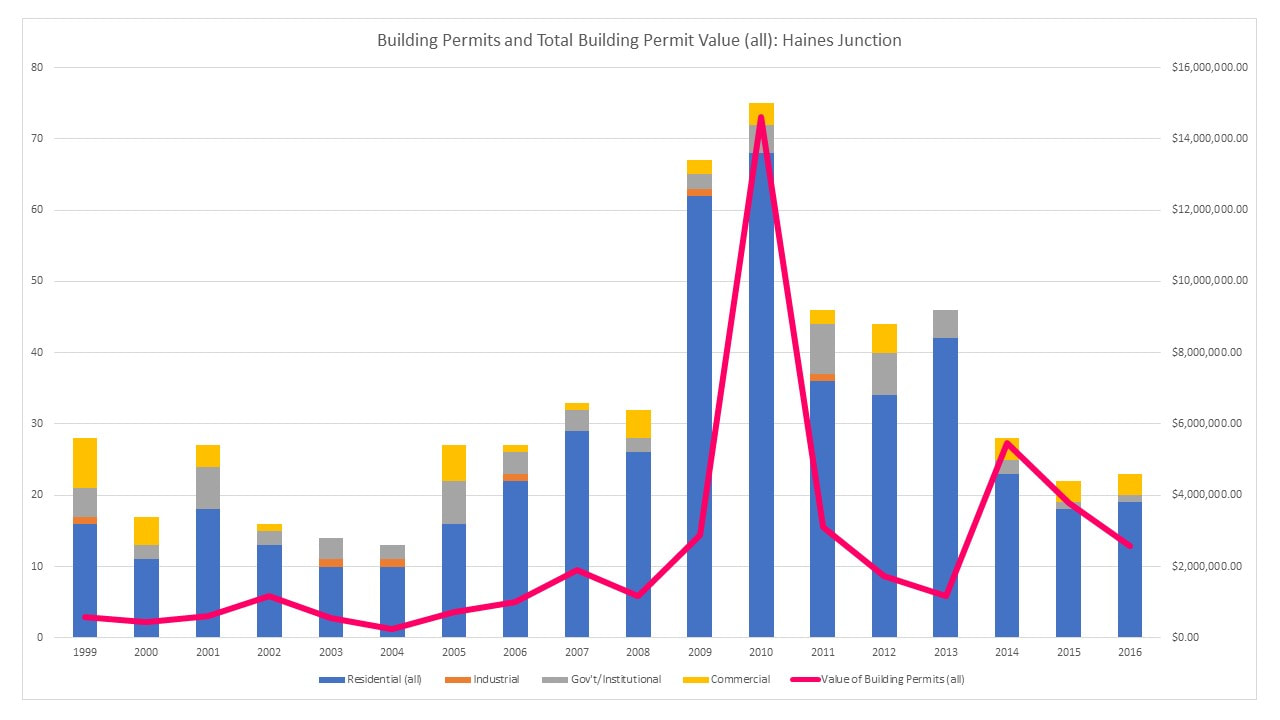


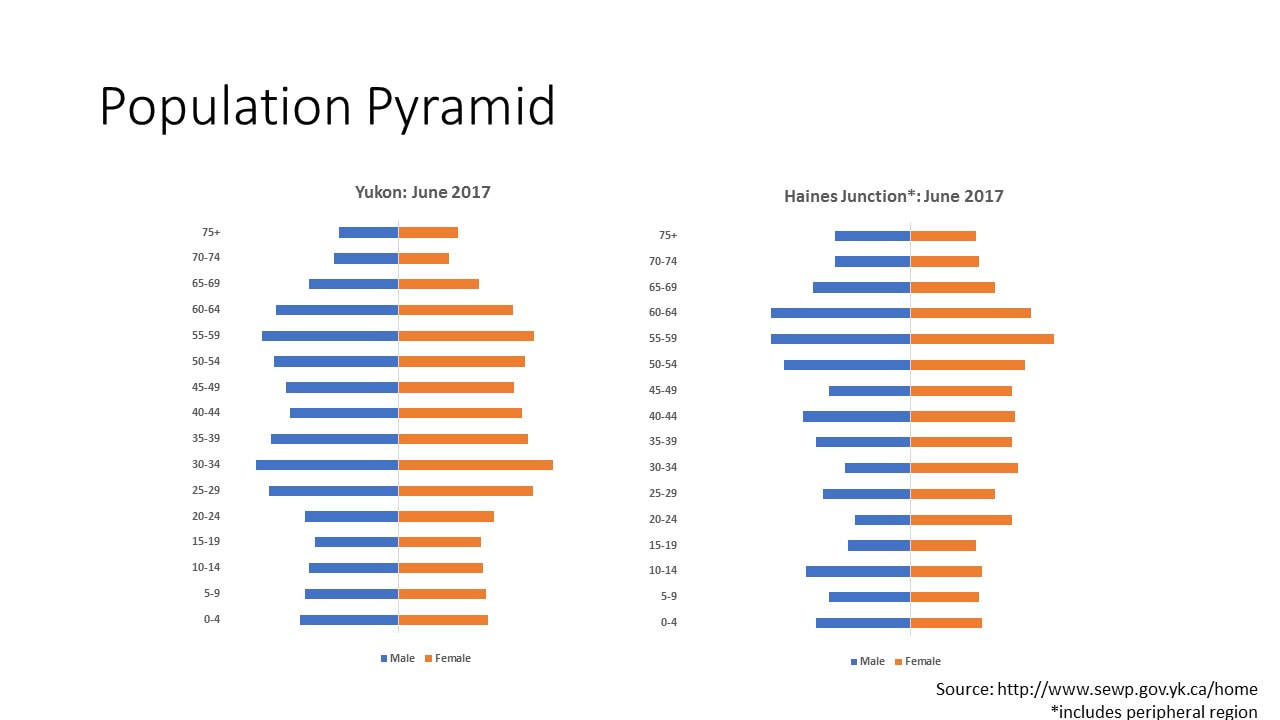
 RSS Feed
RSS Feed